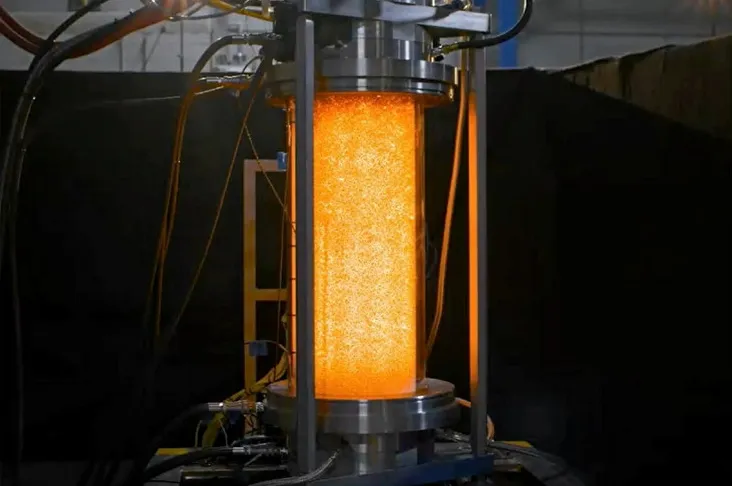Bright idea | Novel technology that uses light rather than heat to crack ammonia into hydrogen goes on sale
Start-up Syzygy Plasmonics uses powerful LED bulbs to break NH3 into H2 and nitrogen, potentially reducing the price of imported green hydrogen
